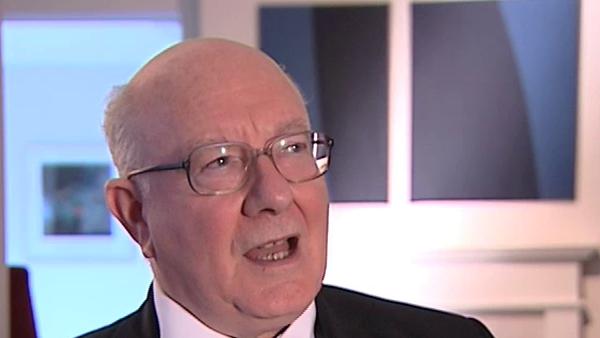The excavation in Orkney actually took place while we were in Southampton, the - the - the visit to Malta took place in the late, about 1969, or 1970, and then we made the film, "Islands Out of Time", around 1971, I think, and the Quanterness dig was in the 1970s in - while we were in Southampton, and then it seemed to be time to start doing some work in the Aegean and so I'd been very familiar with the site of Phylakopi in Melos which was the site excavated by the British School under the leadership mainly of Duncan McKenzie in 1896, they began their excavation, and they published it very promptly in 1904 and it was a very well conducted excavation, but at that time the ceramic sequence wasn't well understood. They established the ceramic sequence in the Cyclades and then it was only after that that Sir Arthur Evans began working at Knossos in Crete and began to establish what the pottery sequence, the whole chronology was, for Minoan Crete and Duncan McKenzie was working with his collaborator in that - in that effort. So it was time to go back to Phylakopi and try and get a better grip on the chronological sequence through a wonderful, deep stratigraphy and were able to work at that and in the first year we had a piece of luck really. We decided to excavate on a part of the site that hadn't been excavated before to try and get undisturbed levels from the last period of occupation, and we were just digging down in a small room and then we found some terracotta figurines. We started finding odd things. We found broken ostrich egg shell with a handle that suggested that the handle had been fitted onto it in some way. Then we found remains of a tortoise but there were borings in the shell of the tortoise, it wasn't just a dead tortoise been in there, and then we found a small head of beaten gold, and then war broke out. This was in 1974, I think, when war broke out in Cyprus and when the - when there was a coup and the Greeks took over Cyprus and then the Turks were going to get very tough and so all excavations in Greece were shut down at that time and so we had to suspend our activities then. But when we went back next year, it became clear that we were excavating in what one might call a shrine and this small room had got various figurines and so on and then adjacent to it was a much larger room with a whole series of terracotta sculptures of - of bovids, of oxen, I suppose, about this size, so that was really an interesting problem to be excavating what seemed to be probably a site of religious significance and that was interesting because it put one on the spot at what point, if you're an archaeologist, do you say, well, these aren't just toys or they're not just playthings, this is seriously the practice of cult, the practice of religion. And that's always been one of the problems in archaeology, the theory of archaeology is not really very well established. How do you find that you can pronounce that these are put there for a religious purpose rather than in some frivolous way or the way you decorate your house and so on? So we excavated there in ‘75 and then we had to have an extra year to finish in 1976.
Baron Renfrew of Kaimsthorn is a British archaeologist known for his work on the dispersal of the Proto-Indo-Europeans and the prehistory of PIE languages. He has been Disney Professor of Archaeology at Cambridge as well as Master of Jesus College and Director of the McDonald Institute for Archaeological Research.
Title: Excavating the sanctuary at Phylakopi
Listeners:
Paul Bahn
Paul Bahn studied archaeology at Cambridge where he did his doctoral thesis on the prehistory of the French Pyrenees. He is now Britain's foremost specialist on Ice Age art and on Easter Island, and led the team which discovered Britain's first Ice Age cave art at Creswell Crags, Nottinghamshire, in 2003. He has authored and edited numerous books, including Journey Through the Ice Age, The Enigmas of Easter Island, Mammoths, The Cambridge Illustrated History of Prehistoric Art, and, with Colin Renfrew, Archaeology: Theories, Methods and Practice which was published in its 5th edition in 2008.
Duration:
4 minutes, 38 seconds
Date story recorded:
January 2008
Date story went live:
14 May 2009





